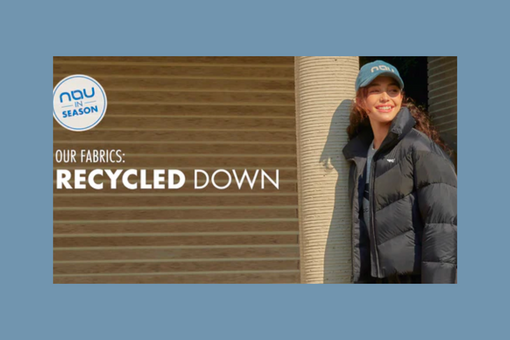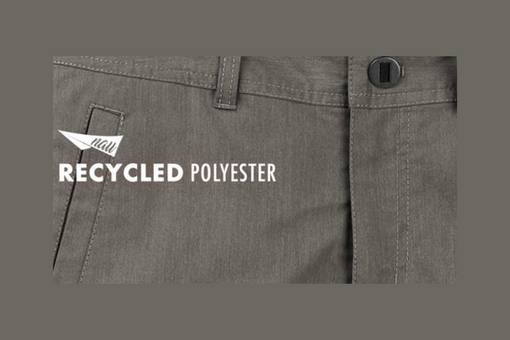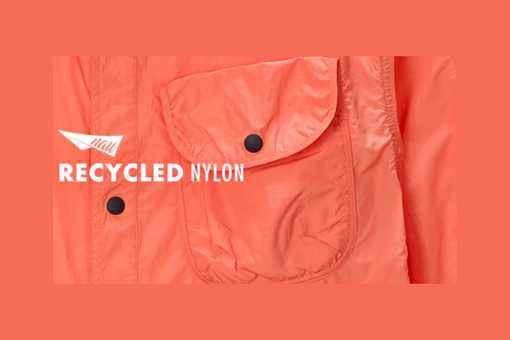
- Article published at:
- Article tag: Design and Sustainability
Using recycled down from reclaimed post-consumer down duvets and pillows is a sustainable alternative to virgin down, that still offers the highest warmth-to-weight of any insulation. In 2015, Nau became the first apparel brand to introduce a down product line that features 100% recycled down. We use 650-fill and 700-fill recycled down for our insulation, these measurements refer to the cubic inches of loft per ounce.
Starting with reclaimed duvets and pillows, the down and feathers are removed, cleaned, and then sorted according to their quality. This allows us to select recycled down with the exact same specifications as virgin down, and thus identical performance characteristics. RE:DOWN has more information about this process and recycled down's other uses.
Global Recycled Standard and SCS Recycled Content Certification to verify the source and composition of our recycled down products. We've proven recycled down can achieve the premium fill power required for cold-weather performance, leading many major outdoor industry brands to initiate their own recycled down collections.
Check out our Recycled Down items that are available now online and in-store.
Learn More







